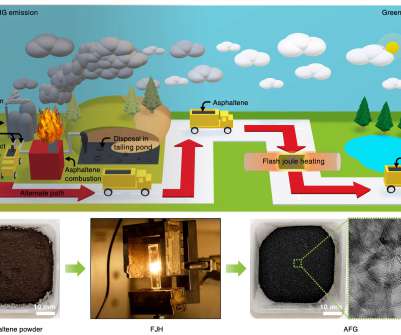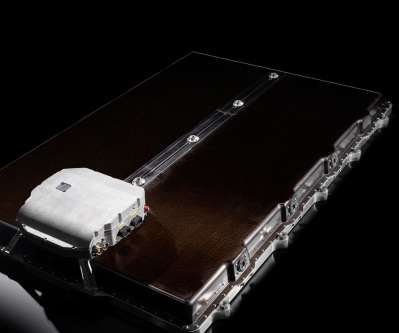NREL develops novel method to produce renewable acrylonitrile; carbon fibers from renewable biomass
Green Car Congress
DECEMBER 8, 2017
Today, acrylonitrile is used in the production of acrylic fibers for carpets, clothes, and fabrics, and in plastics such as food containers, and packaging materials. The high acrylonitrile yield allows us to propose a potential industrial process for the conversion of lignocellulosic biomass to renewable acrylonitrile and carbon fibers.


























Let's personalize your content